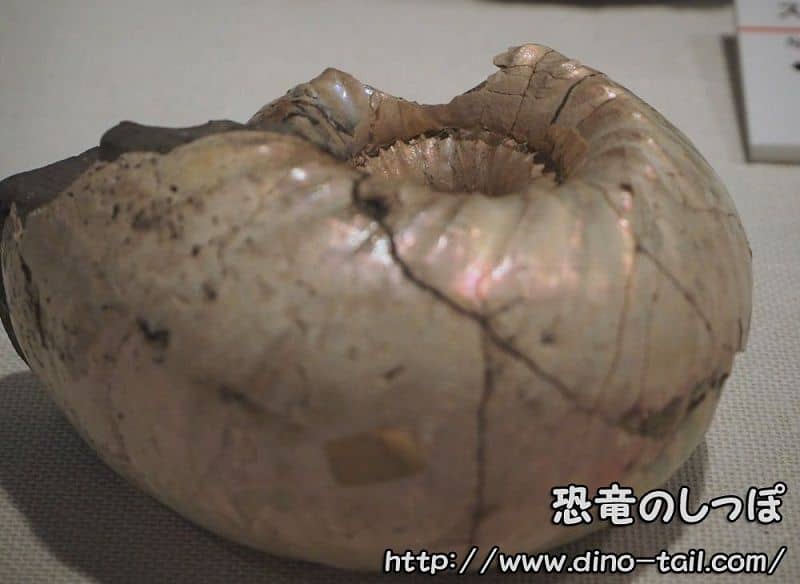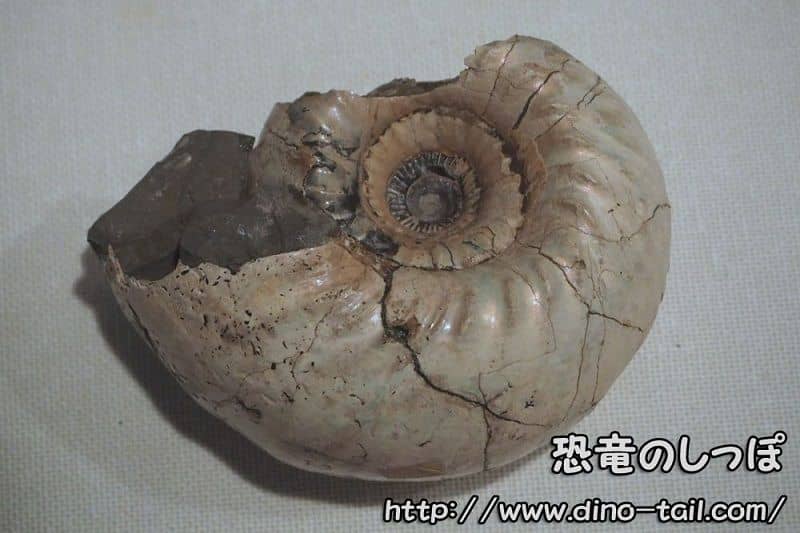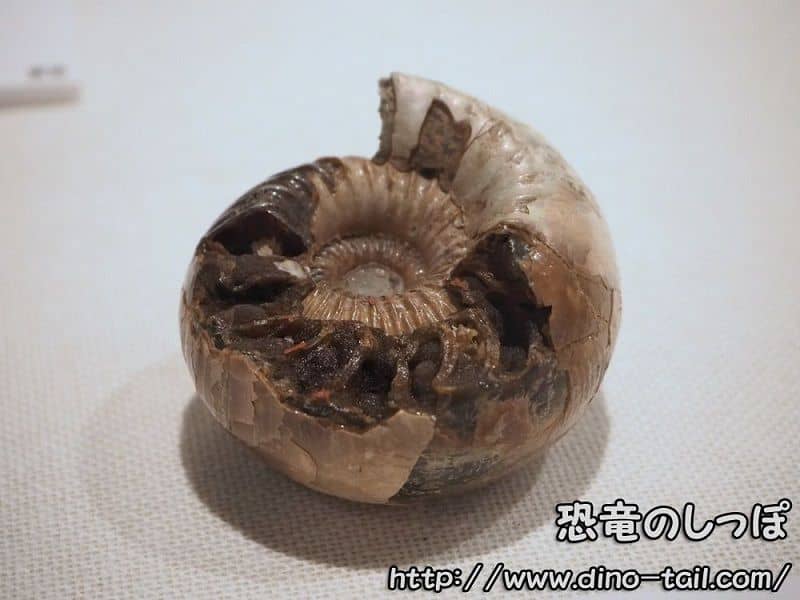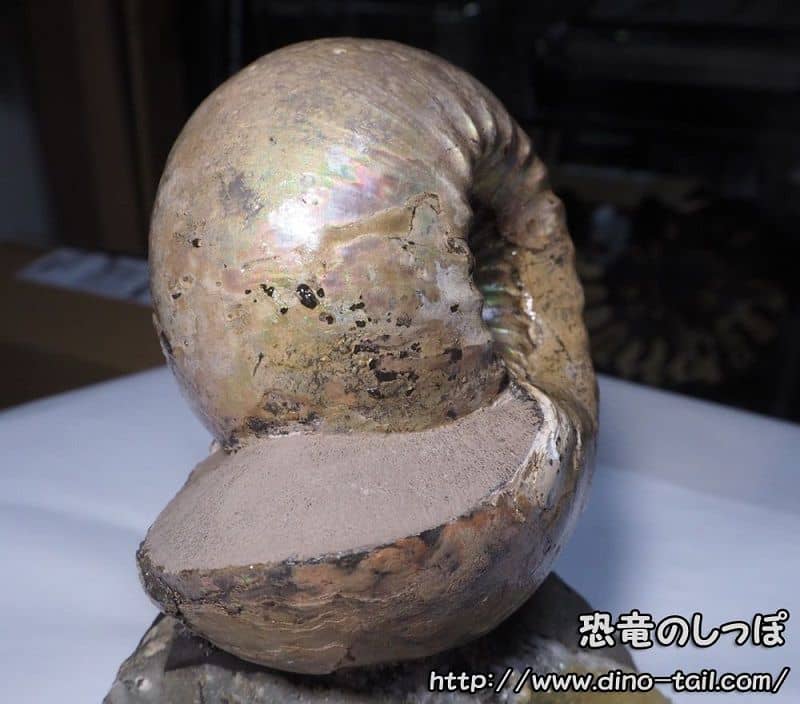About Cadoceras
| Scientific Name (Genus) | Cadoceras |
| Classification | Cephalopoda, Ammonoidea, Cardioceratidae |
| Period | Middle Jurassic, Callovian Stage (166.1 - 163.5 million years ago) |
| Sub-classification / Species Name |
Cadoceras tolype
(Type species)
Cadoceras elatinae Cadoceras pishmae Cadoceras sublaeve Cadoceras wosnessenskii etc... |
| Year of Paper Publication | 1882 |
Features: The "Ruler" of the Jurassic
Cadoceras is a type of ammonite that lived in the seas of the Middle Jurassic. Its unique shape and global distribution make it very important in paleontology.
A Leisurely Swimmer? What the Shell Shape Tells Us
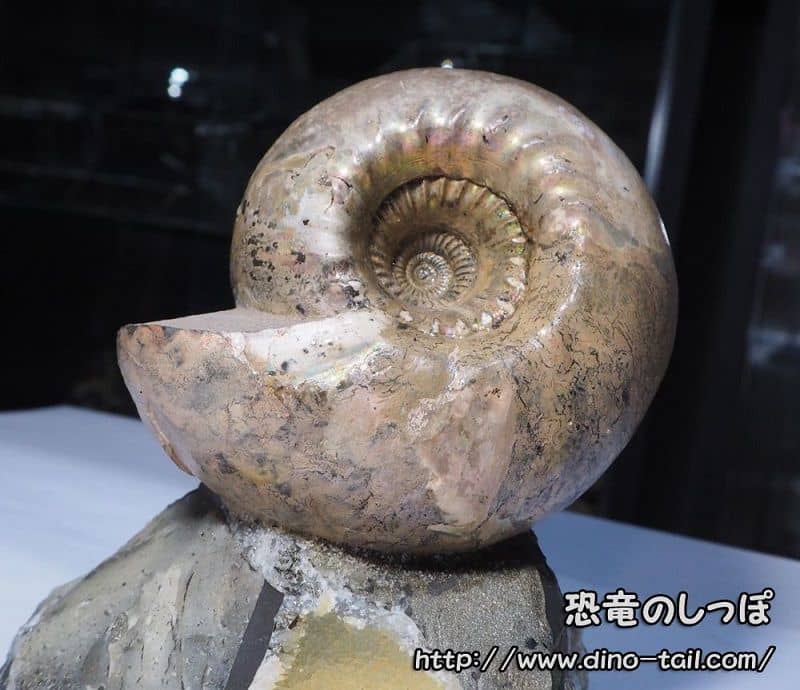
From Uljanovsk, Russia. Purchased at a domestic mineral show in 2018.
The most distinctive feature of Cadoceras is its nearly spherical shell. The width of the shell increases towards the outer whorls. This round shape created a lot of water resistance, so they couldn't swim as fast as streamlined ammonites and probably lived by slowly drifting near the seabed.
It is also known that the shape of the shell changed with growth. The shells of young individuals are relatively flat, but as they grow, they become more and more inflated, eventually changing into the characteristic spherical shape.
The very wide opening of the shell (living chamber) suggests that they may have had large mouthparts and preyed on small animals on the seabed.
Role as a "Ruler" of the Jurassic
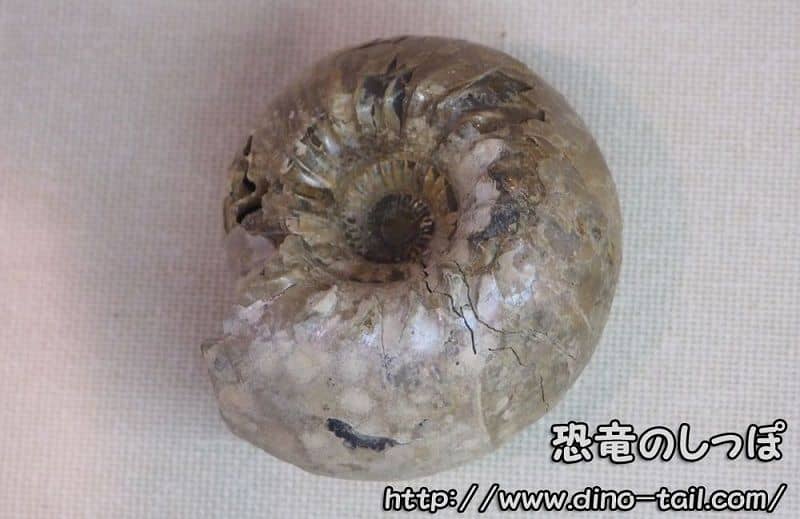
From Russia
Cadoceras flourished in seas all over the world for a very limited time, only during the Callovian stage of the Middle Jurassic. Therefore, if a Cadoceras fossil is found in a stratum, it can be accurately determined that the stratum is from the "Callovian stage of the Middle Jurassic (166.1 - 163.5 million years ago)." Fossils that serve as a "ruler" for determining the age of strata are called index fossils, and Cadoceras is one of the prime examples.
While Russian specimens are famous, they have also been discovered in Canada, Germany, and the United Kingdom.
Cadoceras Stamp and Fossil Gallery
